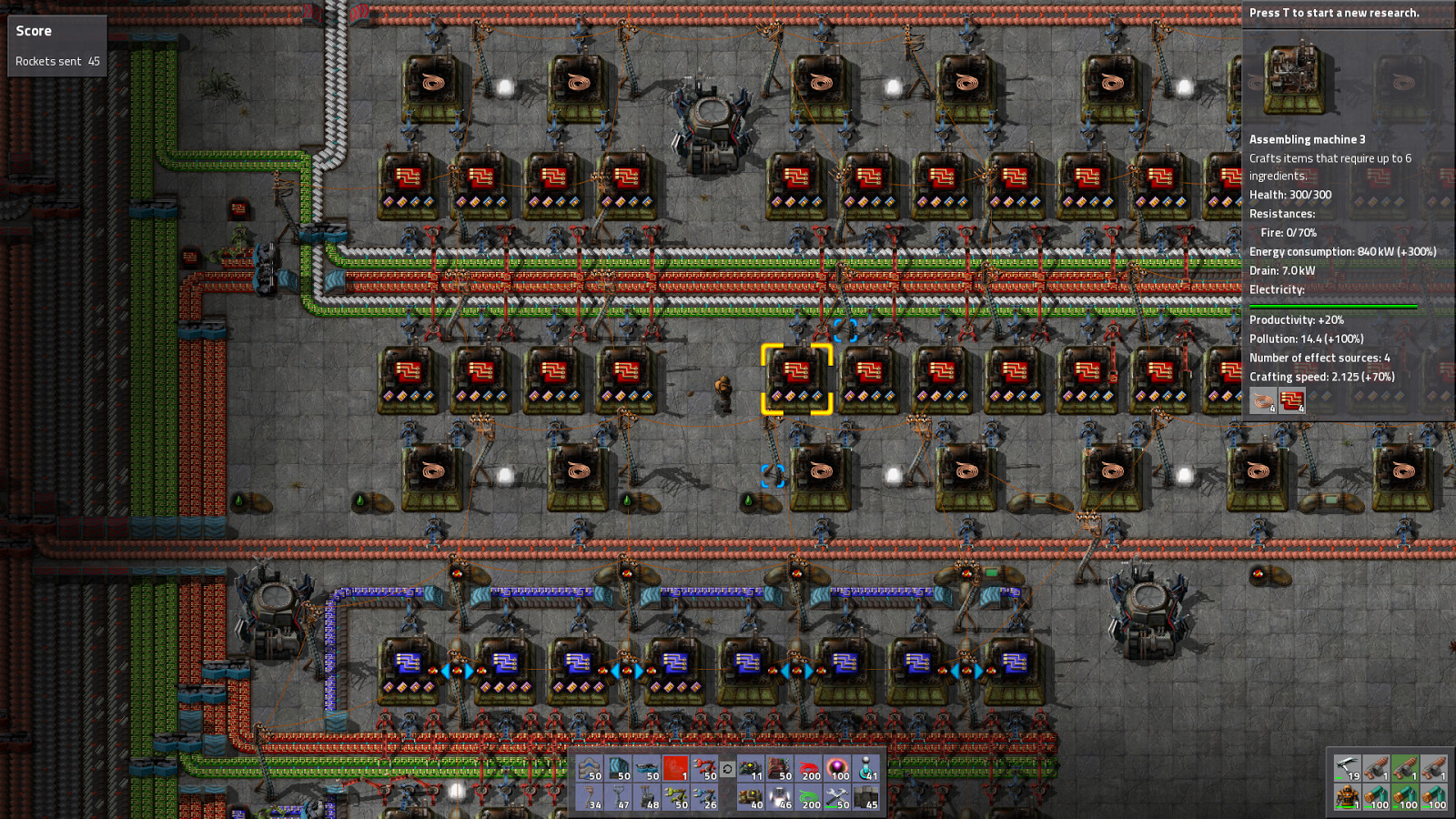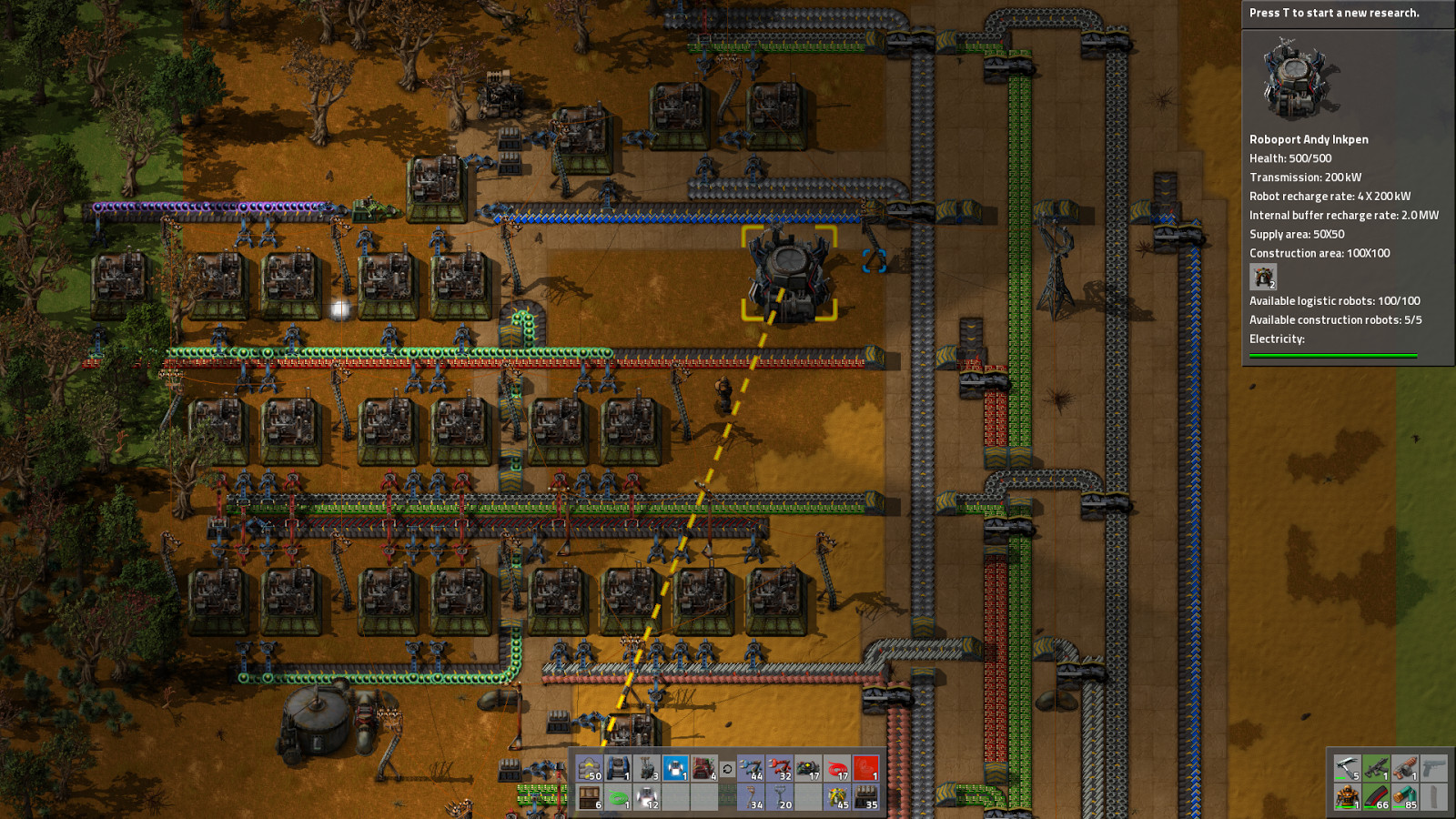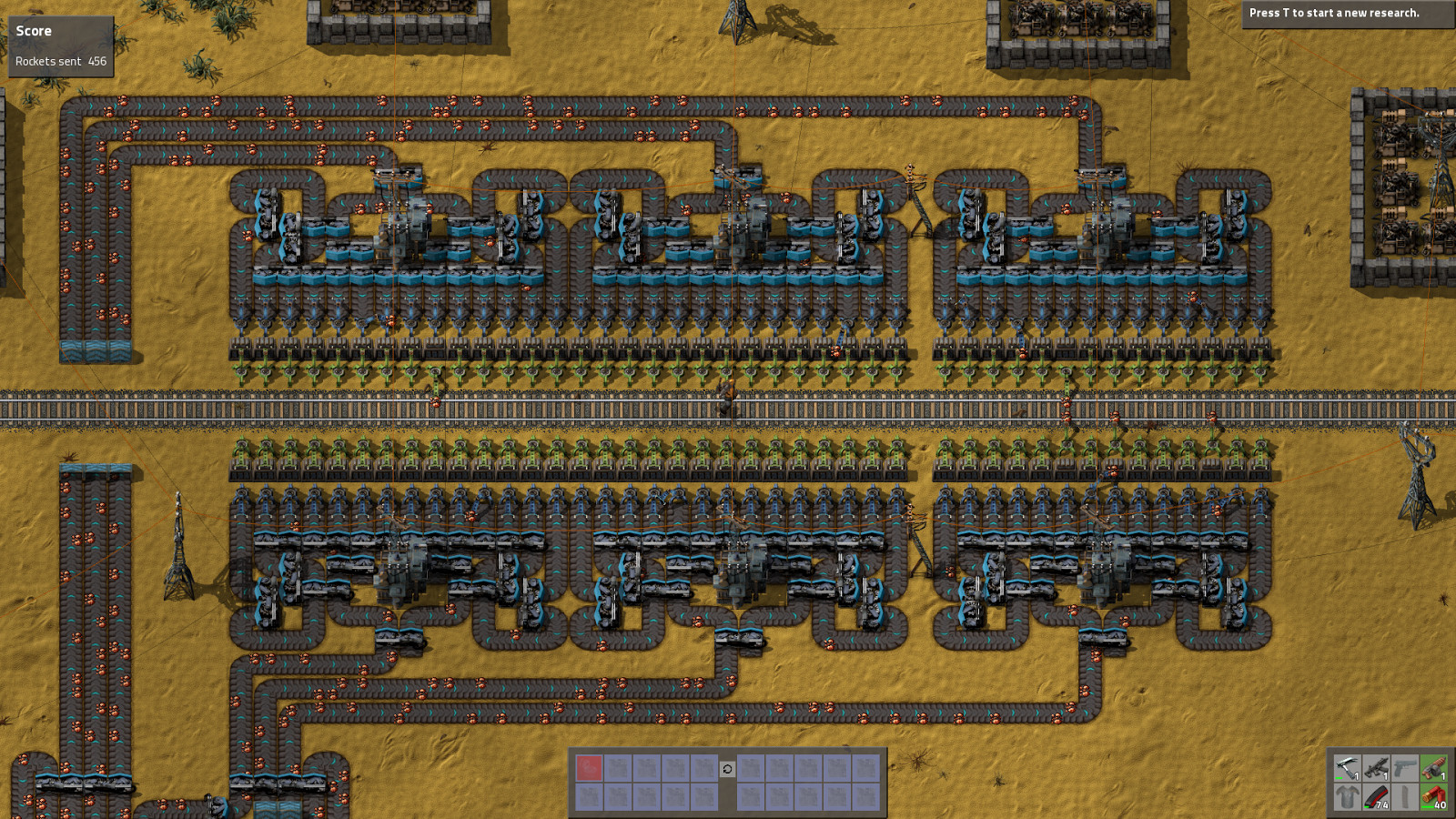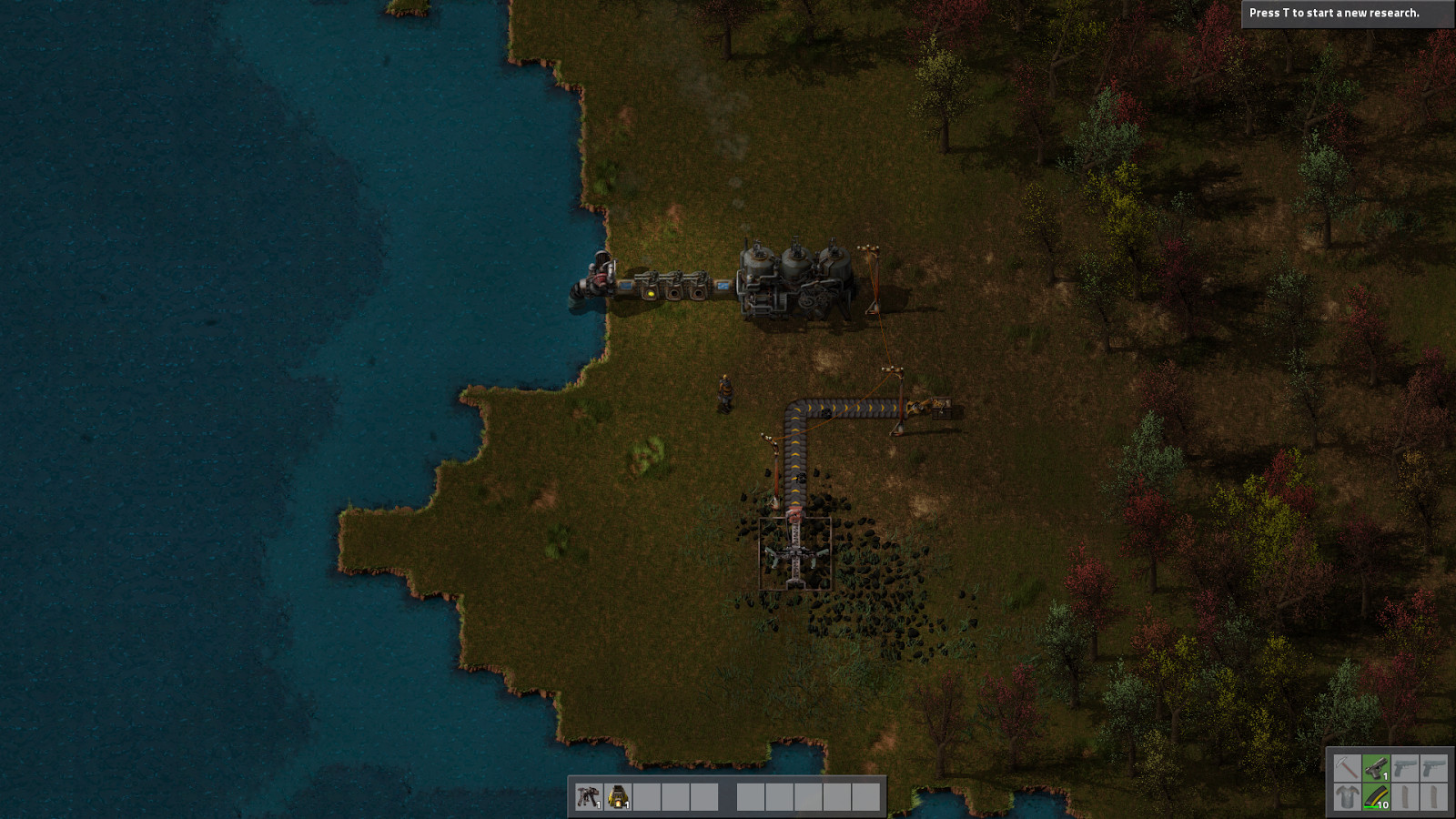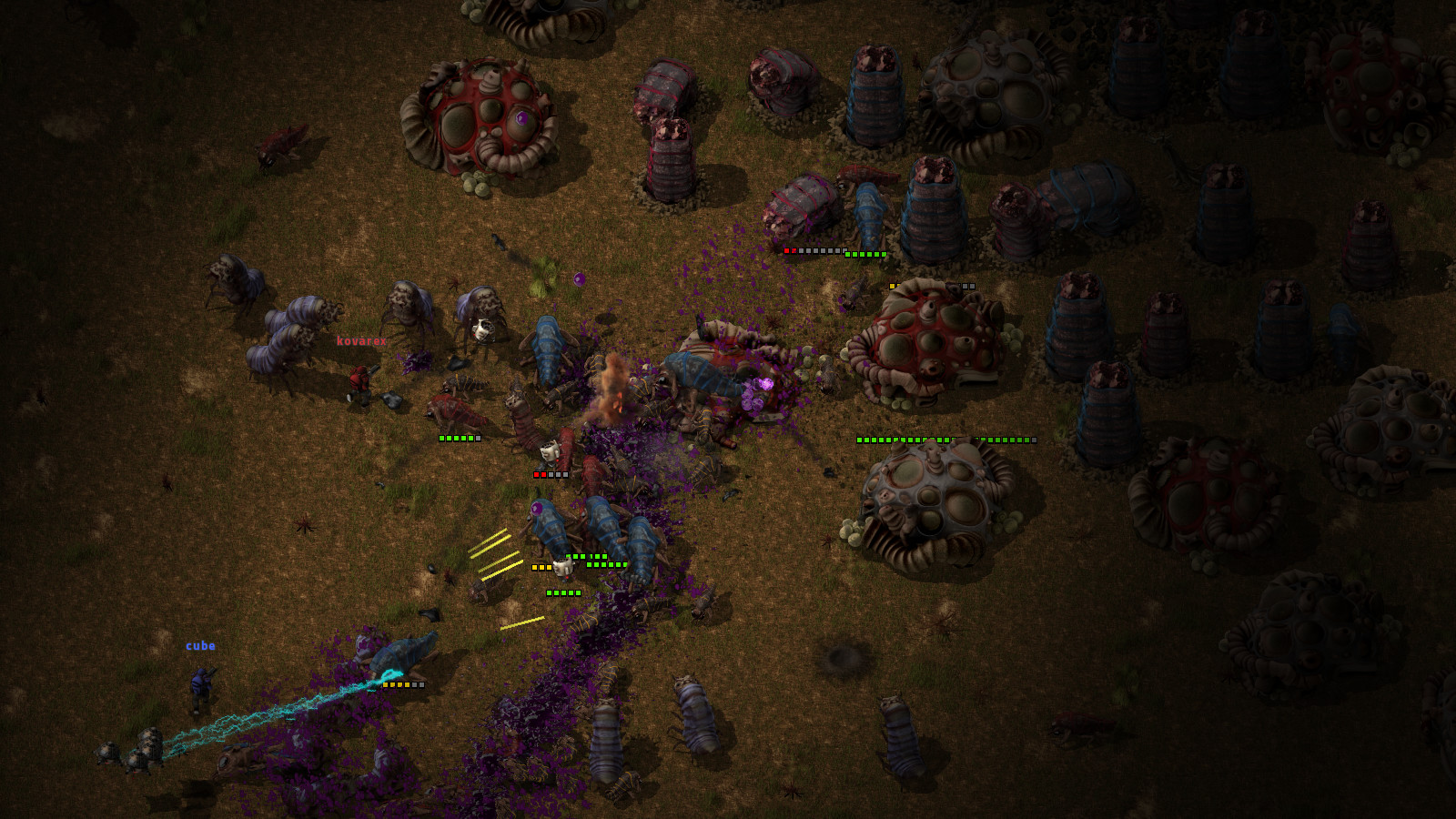Factorio is a game in which you build and maintain factories. You will be mining resources, researching technologies, building infrastructure, automating production and fighting enemies. In the beginning you will find yourself chopping trees, mining ores and crafting mechanical arms and transport belts by hand, but in short time you can become an industrial powerhouse, with huge solar fields, oil refining and cracking, manufacture and deployment of construction and logistic robots, all for your resource needs. However this heavy exploitation of the planet's resources does not sit nicely with the locals, so you will have to be prepared to defend yourself and your machine empire.
Join forces with other players in cooperative Multiplayer, create huge factories, collaborate and delegate tasks between you and your friends. Add mods to increase your enjoyment, from small tweak and helper mods to complete game overhauls, Factorio's ground-up Modding support has allowed content creators from around the world to design interesting and innovative features. While the core gameplay is in the form of the freeplay scenario, there are a range of interesting challenges in the form of the Scenario pack, available as free DLC. If you don't find any maps or scenarios you enjoy, you can create your own with the in-game Map Editor, place down entities, enemies, and terrain in any way you like, and even add your own custom script to make for interesting gameplay.
Discount Disclaimer: We don't have any plans to take part in a sale or to reduce the price for the foreseeable future.
Join forces with other players in cooperative Multiplayer, create huge factories, collaborate and delegate tasks between you and your friends. Add mods to increase your enjoyment, from small tweak and helper mods to complete game overhauls, Factorio's ground-up Modding support has allowed content creators from around the world to design interesting and innovative features. While the core gameplay is in the form of the freeplay scenario, there are a range of interesting challenges in the form of the Scenario pack, available as free DLC. If you don't find any maps or scenarios you enjoy, you can create your own with the in-game Map Editor, place down entities, enemies, and terrain in any way you like, and even add your own custom script to make for interesting gameplay.
Discount Disclaimer: We don't have any plans to take part in a sale or to reduce the price for the foreseeable future.
What people say about Factorio
- No other game in the history of gaming handles the logistics side of management simulator so perfectly. - Reddit
- I see conveyor belts when I close my eyes. I may have been binging Factorio lately. - Notch, Mojang
- Factorio is a super duper awesome game where we use conveyor belts to shoot aliens. - Zisteau, Youtube
Friday Facts #200 - Plans for 0.16
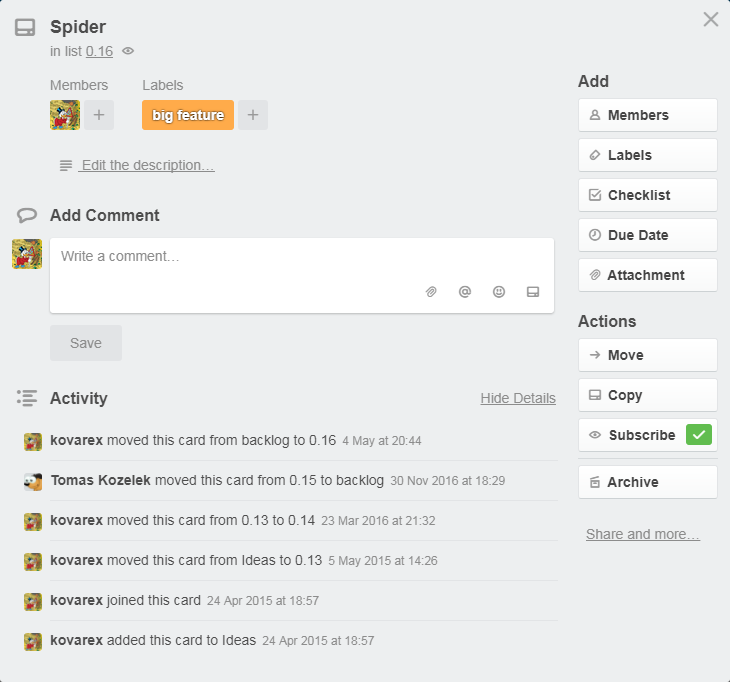
The main reason of showing this is, that that it is almost certain, that some of these tasks will be pushed again to next version, or away completely. It depends how fast will the work on the more important things progress.
The bigger things are:
On the one hand this kind of work is fun because you have a bit of artistic freedom.There is no 'right answer' to what the Factorio world should look like,so I can play with settings and try to create a result that I think is interesting.On the other hand, not having a 'right answer' means you can't just write a unit test to tell if your job is done.I needed a way to look at results from the map generator and compare changes across versions that would be more efficient and easier to automate than loading up the entire game and poking around in the map editor, waiting for chunks to load,and then trying to remember what it looked like before and asking myself if this is better or worse. So I created a map preview generator.
Map Preview Generator
In the interest of being able to compare against maps generated with the current versions of Factorio,I got the map preview generator merged early. In fact it's already available on 0.15;you can use it from the command-line like so (adjust path to Factorio binary as needed):
[code]bin/x64/factorio --generate-map-preview=output-name.png --map-gen-seed=1230 --map-preview-scale=4[/code]
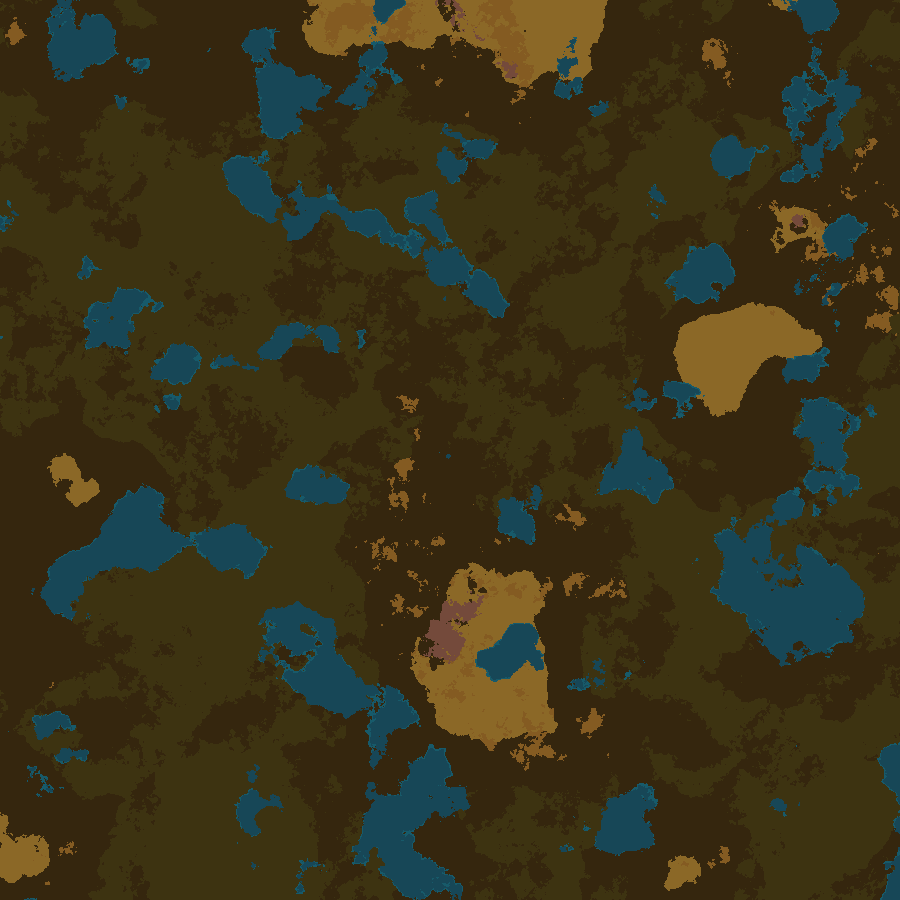
The above map is 900x900 pixels and has a resolution of 4 meters per pixel, so is 3.6km on a side.To give some sense of scale, a medium-sized factory with mining outposts could easily extend to the edge,but to cover the entire area would be rather impressive.
If you make a very zoomed-out map (scale=32 is the maximum supported for 0.15.x)you may notice that it takes a long time to generate the preview.On 0.16 this will have been taken care of by refactoring the terrain generation system to operate at arbitrary scales instead of always generating 32x32-tile chunks.To understand why this works, you need to understand that map generation is done in 2 phases:
Programmable Noise
One of the things that I disliked about how Factorio's map generation works even before I was hired to improve it, was that once you've expanded your base to a certain size,exploration of the map ceases to be interesting.At an extreme scale this uniformity is exceedingly obvious,but it is also apparent at realistic factory scales.There are no especially large lakes to work your way around,and different parts of the map don't really have any unique character.
Take for instance this super zoomed-out map (32 tiles per pixel):
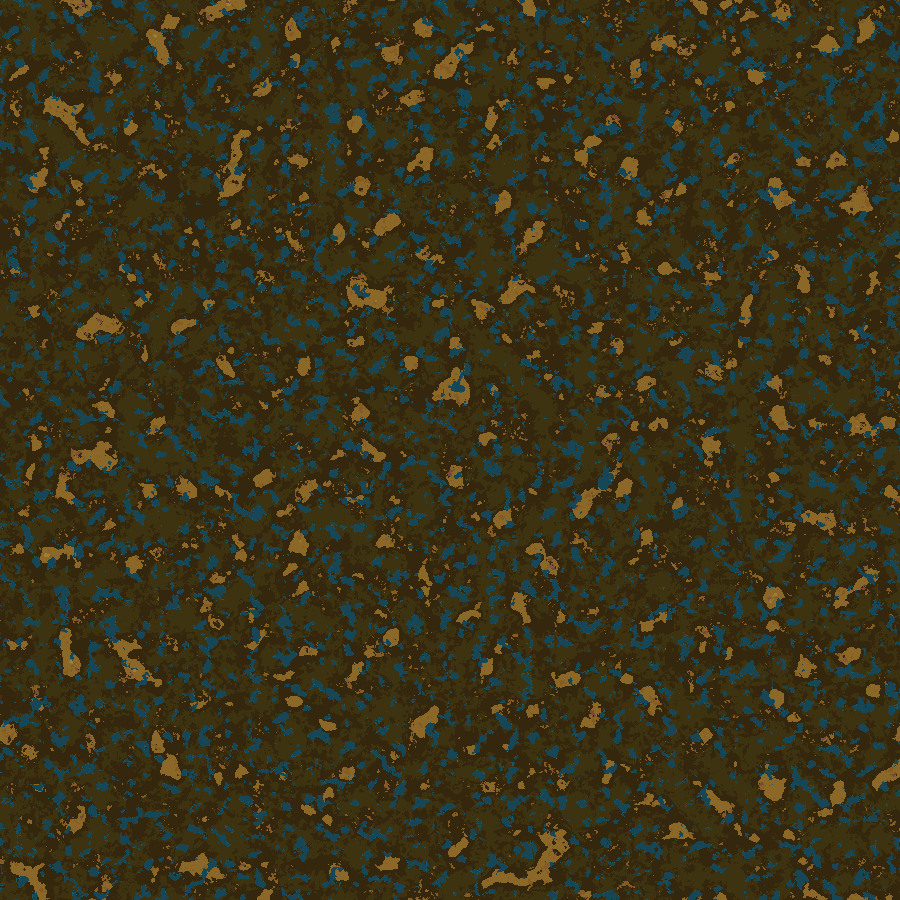
In part, this is due to the underlying noise functions we use not being very flexible.The function to calculate elevation, for example,is defined by a very small number of variables, including seed,number of octaves ,and persistence .Persistence itself is varied over the map so that in some areas you get smooth coastlines and in others very noisy ones.This simple specification does a pretty good job of generating random-looking worlds,but it doesn't give as much control as I would like in order to make different parts of the world look different.
In order to efficiently calculate terrain,a lot of the low-level code is dedicated to caching noise values and vectorizing calculations on them.This is great, but means the high-level logic for how noise is generated is rather buried in a lot of implementation details,and is therefore difficult to reason about and even harder to change.But abstractly, the noise function is just a functional program that adds and multiplies values from the basis function (at different scales) together.In order to make this logic more obvious I've created an assembly-like language for specifying the steps to produce noise.e.g. Take basis noise at a certain scale, divide it by persistence, add in basis noise at another scale, and so on.This approach is super flexible, but the assembly language is not very nice to read or write.A longer-term solution will be to allow building noise functions from Lua code,which will have the side-effect of making the system hackable by modders.
Abstracting high-level aspects of terrain generation out of the C++ code opens up a lot of possibilities.Some ideas:
As always, leave us any feedback or comments over on our forum
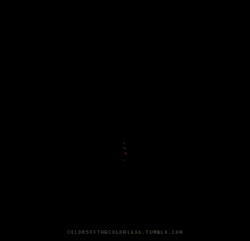
Hello,
I can't believe that we have been able to produce a post every Friday for 200 weeks without missing a single one. To be honest I'm not sure if this isn't the right time to pause for a while, to avoid being this kind of show that gets worse and worse over time until it is so bad that you want to take your intestines and strangle yourself with them. But people in the office convinced me with arguments like "FFF is the only good thing we have", so we probably have to continue for a little longer.
0.16 plan
Our 0.16 trello card list is long, probably too long, it contains 80 cards. Many of them have a similar history as this one:
The main reason of showing this is, that that it is almost certain, that some of these tasks will be pushed again to next version, or away completely. It depends how fast will the work on the more important things progress.
The bigger things are:
- Artillery train[/*]
- GUI/UX improvements[/*]
- Mod portal improvement (rewrite)[/*]
- Map generation improvement (related to the updated high res terrains and decoratives)[/*]
- Train pathfinding and collision checking optimisations[/*]
- Additional smoke related optimisations[/*]
- Lamp related optimisations[/*]
- Item stack optimisation[/*]
- Optimisation of electric network update logic[/*]
- Optimisation of logistic robot movement[/*]
- Group multiple item icons to one sprite in order to optimize rendering of saturated belts[/*]
- Find a way to show connected walls + pipes in a blueprint[/*]
- Confirm blueprint deletion[/*]
- Fluid squashing in pipes[/*]
- Map interaction improvements[/*]
- Train block its own path with chain signals[/*]
- Make programmable speaker 'Global playback' only apply for people on that force[/*]
- Electric network UI weird with lots of accumulators.[/*]
Map generation
The current terrain generation tends to make a world that looks the same everywhere.With the goal of making exploration more rewarding we've been working on a branch called "mapgen-fixes",which introduces some new biomes, new decoratives, and changes to the way things are distributed.I've been tasked with fixing up the obviously screwy parts(next on the to-do list is to deal with an overabundance of biters)so that this can finally get merged to master and others can start testing and giving their feedback.On the one hand this kind of work is fun because you have a bit of artistic freedom.There is no 'right answer' to what the Factorio world should look like,so I can play with settings and try to create a result that I think is interesting.On the other hand, not having a 'right answer' means you can't just write a unit test to tell if your job is done.I needed a way to look at results from the map generator and compare changes across versions that would be more efficient and easier to automate than loading up the entire game and poking around in the map editor, waiting for chunks to load,and then trying to remember what it looked like before and asking myself if this is better or worse. So I created a map preview generator.
Map Preview Generator
In the interest of being able to compare against maps generated with the current versions of Factorio,I got the map preview generator merged early. In fact it's already available on 0.15;you can use it from the command-line like so (adjust path to Factorio binary as needed):
[code]bin/x64/factorio --generate-map-preview=output-name.png --map-gen-seed=1230 --map-preview-scale=4[/code]

The above map is 900x900 pixels and has a resolution of 4 meters per pixel, so is 3.6km on a side.To give some sense of scale, a medium-sized factory with mining outposts could easily extend to the edge,but to cover the entire area would be rather impressive.
If you make a very zoomed-out map (scale=32 is the maximum supported for 0.15.x)you may notice that it takes a long time to generate the preview.On 0.16 this will have been taken care of by refactoring the terrain generation system to operate at arbitrary scales instead of always generating 32x32-tile chunks.To understand why this works, you need to understand that map generation is done in 2 phases:
- Calculating the value of several variables (elevation, temperature, humidity, and a few others) for every point on the map. This is done by sampling a coherent noise function (whose basis is similar but not identical to Perlin noise). The value at each point can be calculated solely based on the point's coordinates and the map seed, making this part 'embarassingly parallelizable' and easy to do at any scale (and with a bit of further refactoring, by arbitrary transformations of the inputs).[/*]
- One chunk at a time, 'correcting' the results of the first step, making sure entities don't overlap, replacing combinations of tiles that we don't have good transition graphics for, etc. This is where we enforce that the only thing that can be adjacent to water is grass, because that's the only transition we have graphics for (which happens to be something the art guys are working to rectify).[/*]
Programmable Noise
One of the things that I disliked about how Factorio's map generation works even before I was hired to improve it, was that once you've expanded your base to a certain size,exploration of the map ceases to be interesting.At an extreme scale this uniformity is exceedingly obvious,but it is also apparent at realistic factory scales.There are no especially large lakes to work your way around,and different parts of the map don't really have any unique character.
Take for instance this super zoomed-out map (32 tiles per pixel):

In part, this is due to the underlying noise functions we use not being very flexible.The function to calculate elevation, for example,is defined by a very small number of variables, including seed,number of octaves ,and persistence .Persistence itself is varied over the map so that in some areas you get smooth coastlines and in others very noisy ones.This simple specification does a pretty good job of generating random-looking worlds,but it doesn't give as much control as I would like in order to make different parts of the world look different.
In order to efficiently calculate terrain,a lot of the low-level code is dedicated to caching noise values and vectorizing calculations on them.This is great, but means the high-level logic for how noise is generated is rather buried in a lot of implementation details,and is therefore difficult to reason about and even harder to change.But abstractly, the noise function is just a functional program that adds and multiplies values from the basis function (at different scales) together.In order to make this logic more obvious I've created an assembly-like language for specifying the steps to produce noise.e.g. Take basis noise at a certain scale, divide it by persistence, add in basis noise at another scale, and so on.This approach is super flexible, but the assembly language is not very nice to read or write.A longer-term solution will be to allow building noise functions from Lua code,which will have the side-effect of making the system hackable by modders.
Abstracting high-level aspects of terrain generation out of the C++ code opens up a lot of possibilities.Some ideas:
- Larger scale features that are modulated by distance so that the starting area remains relatively flat and predictable, but you find seas and larger continents far away.[/*]
- 'Ridge' some large-scale noise to produce linear features like mountain ranges or rivers.[/*]
- Altering the input to some noise layers with the output of another noise function. This can warp landforms in a way that looks a bit like the result of plate tectonics .[/*]
As always, leave us any feedback or comments over on our forum
[ 2017-07-21 16:51:23 CET ] [Original Post]
Minimum Setup
- OS: Linux (tarball installation)
- Processor: Dual core 3Ghz+Memory: 4 GB RAM
- Memory: 4 GB RAM
- Graphics: OpenGL 3.3 core. DirectX 10.1 capable GPU with 512 MB VRAM - GeForce GTX 260. Radeon HD 4850 or Intel HD Graphics 5500
- Storage: 3 GB available space
Recommended Setup
- OS: Linux (tarball installation)
- Processor: Quad core 3GHz+Memory: 8 GB RAM
- Graphics: OpenGL 4.3 core. DirectX 11 capable GPU with 2 GB VRAM - GeForce GTX 750 Ti. Radeon R7 360
- Storage: 3 GB available space
GAMEBILLET
[ 6439 ]
FANATICAL
[ 7253 ]
GAMERSGATE
[ 3708 ]
MacGameStore
[ 5362 ]
FANATICAL BUNDLES
HUMBLE BUNDLES
by buying games/dlcs from affiliate links you are supporting tuxDB

